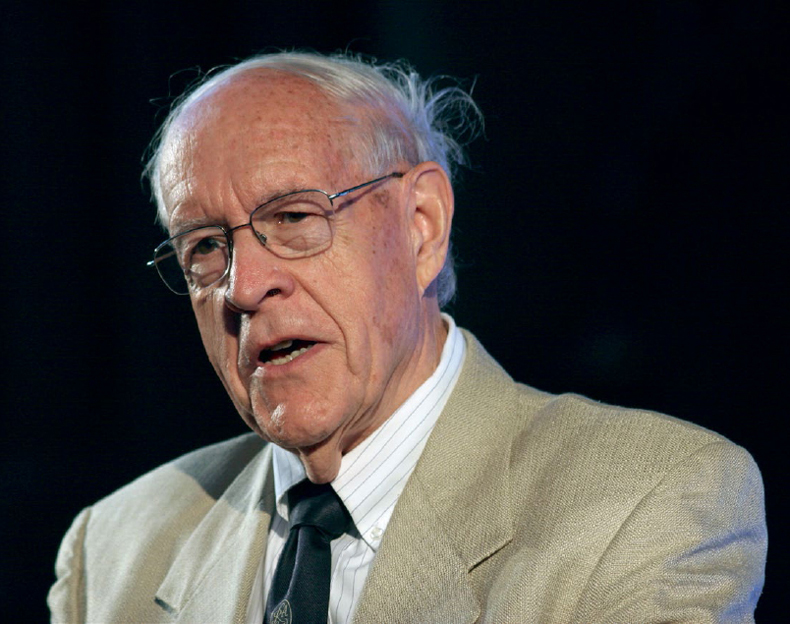1975
The Mythical Man-Month
Frederick Brooks (b. 1931)
In 1963, IBM was sinking huge amounts of resources into finishing its new OS/360 operating system in time for the launch of System/360. The new operating system—the most complex ever created—was designed to be a single, unified system for IBM’s new family of computers. But while IBM’s hardware was on target for the 1964 launch, the software wasn’t.
Faced with delays and overruns, the project’s manager did what any manager might do in that situation: he hired more programmers. Much to Fred Brooks’s surprise, OS/360 fell even further behind schedule. So was born Brooks’s Law: “Adding manpower to a late software project makes it later.” The law appears in his classic collection, The Mythical Man-Month: Essays on Software Engineering, first published in 1975 and required reading for generations of computer science graduates.
The book, which has become the bible of software engineering, describes phenomena such as the “second-system effect,” which is the tendency of designers to put into the second version of a program all the features that were dropped from the first version—resulting in 2.0 versions that are bloated and buggy. Brooks also details techniques that he developed to manage the hundreds of people who were working on the OS/360 project—many of which are still used today.
Brooks left IBM in 1964 to take a faculty position at the University of North Carolina at Chapel Hill, where he established the school’s computer science department. IBM announced System/360 the same year. Brooks issued a 20th-anniversary edition of The Mythical Man-Month in 1995 with four new chapters. Foremost among them was his paper “No Silver Bullet,” in which Brooks argues that there is no single technique ever invented in computing that has improved productivity, reliability, or simplicity by a factor of 10. Instead, he writes, the key to great design is to identify talented designers early in their careers, mentor them, and give them opportunities to design systems and interact with and stimulate other exceptional designers.
SEE ALSO IBM System/360 (1964)
Computer engineering professor Frederick Brooks speaks at the Turing Centennial Conference in Manchester, 2012.
